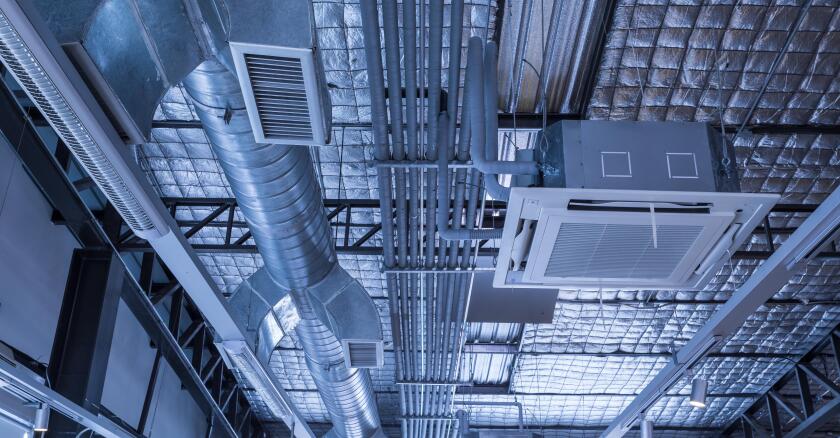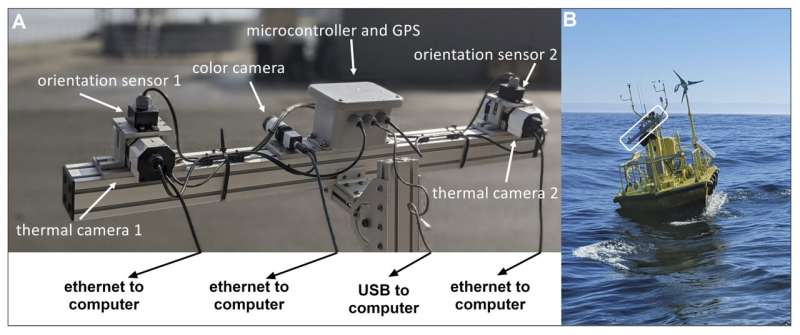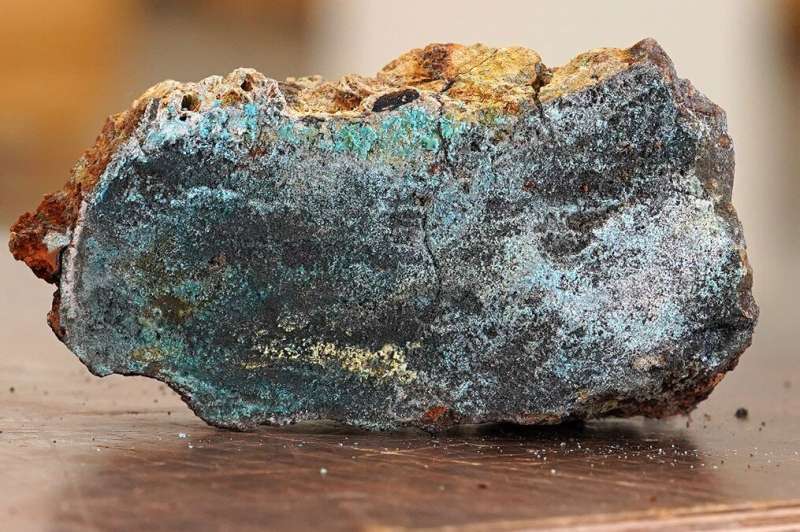Congressional Leaders Call on US DOJ to Investigate Fossil Fuel Industry Climate Deception
Statement by Kathy Mulvey, Union of Concerned Scientists
Published May 22, 2024
WASHINGTON—Today, U.S. Senate Budget Committee Chair Sheldon Whitehouse (D-RI) and House Oversight and Accountability Ranking Member Jamie Raskin (D-MD) asked U.S. Attorney General Merrick Garland to investigate fossil fuel industry climate deception and efforts to divert and delay action to address the worsening climate change crisis. The lawmakers forwarded evidence uncovered through public hearings and internal documents produced in response to congressional subpoenas issued as part of a multi-year bicameral investigation into ways fossil fuel companies and their associates knew about the harm their products would cause to people and the planet but lied to the public to continue boosting corporate profits.
Below is a statement by Kathy Mulvey, the accountability campaign director in the Climate and Energy Program at the Union of Concerned Scientists (UCS).
“This multi-year bicameral congressional investigation has brought to light shocking and undeniable wrongdoing by ExxonMobil, Chevron, BP, Shell and others in the fossil fuel industry. There’s now a mountain of evidence confirming the fossil fuel industry’s ongoing efforts to defraud the public, manipulate our political system, delay the necessary transition to clean energy, and risk shareholder investments in the name of power and profits. Investigation and civil litigation against tobacco and big pharma firms by the U.S. Department of Justice was a critical step toward accountability for corporate misconduct, and similar action is warranted in the face of the fossil fuel industry-driven climate crisis. Requiring major oil and gas producers to stop lying and correct past lies could lead to a watershed moment in furthering climate action.”
This announcement comes after the United States experienced the highest-ever annual number of billion-dollar plus disasters in the previous year. Also in 2023, ExxonMobil, Chevron, Shell and BP brought in combined annual profits totaling over $100 billion. Climate attribution research, including multiple studies led by UCS, directly connect emissions from the extraction and use of fossil fuel products to increased average temperature of the Earth’s surface, global sea level rise, ocean acidification, and wildfires. Another peer-reviewed analysis by UCS found that if policymakers do not take action on climate change, extreme heat could cause tens of millions of outdoor workers in the United States to jeopardize their health and risk losing a collective $55.4 billion in earnings each year by midcentury.
Additional UCS Resources and Analyses:
A UCS blogpost by Mulvey on revelations from the first batch of internal oil and gas documents released by the U.S. House Oversight Committee.
In a video, UCS scientists react to misleading statements made by the CEOs of BP, Chevron, ExxonMobil and Shell at a previous House Oversight Committee hearing.
A UCS blogpost documenting disinformation claims by oil and gas company executives.
A UCS report, “The Climate Deception Dossiers: Internal Fossil Fuel Industry Memos Reveal Decades of Corporate Disinformation.”
A UCS blogpost by Mulvey discussing the departure of ExxonMobil’s climate scientist board member.
A UCS blogpost by Laura Peterson, a corporate analyst at UCS, outlining ExxonMobil’s lawsuit against its shareholders and the company’s recent departure from the Independent Petroleum Association of America.
A UCS blogpost by Peterson breaking down the climate disclosure rule proposed by the U.S. Securities and Exchange Commission earlier this year.
- MEDIA CONTACT

Ashley Siefert Nunes
Climate and Energy Media ManagerClimate, International Climate Negotiations, Corporate Accountability



:format(webp)/cdn.vox-cdn.com/uploads/chorus_asset/file/25460080/1247578977.jpg)




